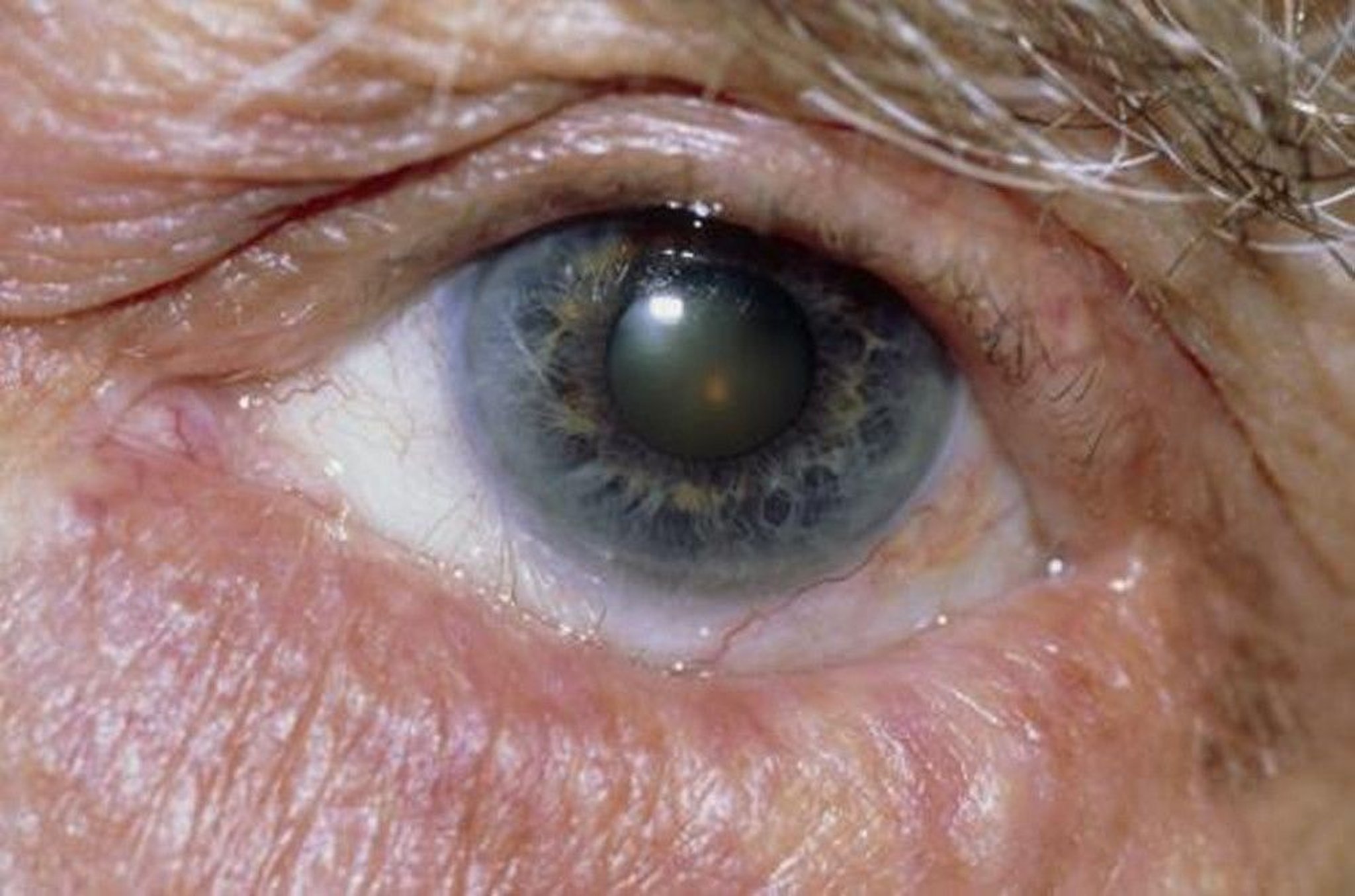What are entropion and ectropion?
Entropion and ectropion are eyelid problems.
Normally, your upper and lower eyelids close tightly to protect your eye.
SCIENCE PHOTO LIBRARY
If you have entropion, the edge of one of your eyelids turns inward, so your eyelashes rub against your eye. This can damage your cornea, the clear layer at the front of your eye.
MID ESSEX HOSPITAL SERVICES NHS TRUST/SCIENCE PHOTO LIBRARY
If you have ectropion, the edge of one of your eyelids turns outward. When this happens your upper and lower eyelids don’t fit against each other properly, so your eye doesn’t fully close. This can dry out your eye.
What causes entropion and ectropion?
Entropion and ectropion can happen because of:
Aging—as you get older, the tissue around your eye loosens
An eye infection, surgery, or injury
Growths on the eyelid
Weak muscles around the eye
A condition at birth
What are the symptoms of entropion and ectropion?
Entropion and ectropion have similar symptoms:
A feeling like there’s something in your eye
Watering eyes
Redness in your eyes
Mucus and crusting of your eyelid
Blurry vision if the eyelid irritates the cornea (the clear layer at the front of the eye) or you can't close your eye all the way
Dry eyes with ectropion
How can doctors tell if I have entropion or ectropion?
Your doctor can tell if you have entropion or ectropion by looking at your eyes.
How do doctors treat entropion and ectropion?
Doctors treat entropion and ectropion with:
Artificial tears (eye drops that act like real tears to wet the eye)
Eye ointments (to keep your eyes moist at night)
Sometimes an eye patch or soft contact lens to protect the cornea
Sometimes an injection of medicine to lessen spasm in the eyelid
Sometimes surgery



